Piero di Giovanni became Lorenzo Monaco, i.e. Lorenzo the monk, after taking the religious habit. The Florentine artist first worked in the scriptorium of the monastery as a miniaturist. He then trained as a wood painter. Lorenzo Monaco's style is halfway between the Giottesque trend and the international Gothic style. Luminosity is an essential feature of his large altarpieces. He achieves this through a profusion of gilding, bright colours and the rich use of lapis lazuli. The mannerism of the late Gothic painters can be seen in the elongation of the figures and their physical expressiveness, as well as in the sinuous lines of the fabrics. He had a considerable influence on the early artists of the Italian Renaissance, such as Masaccio and Fra Angelico, who were among his pupils. His work symbolises the whole of medieval painting, which aimed to promote the Christian religion to an illiterate population, even among the nobility. Thanks to the artists, the religious becomes luminous, radiant with beauty, in short, sublime in the eyes of all those who can access the masterpieces of the churches. Taken from the Gospel according to Saint Matthew (14, 3-12), Lorenzo Monaco's painting1 reads like a narrative, from the beheading of John the Baptist in his prison on the left to his head brought by a servant to Herod in the centre, and then by Salome to Herodias on the right. The three times of the story are materialised by the three architectural spaces; from the pink prison on the left to the banqueting hall in the centre, passing through Herodias' room on the right. Each of these spaces has its own perspective and vanishing point, thus following the eye movement of the viewer observing the image, from the left, where he discovers the decapitated body of John the Baptist, to the right, where Herodias receives the head of Saint John the Baptist handed over by her daughter Salome after her spellbinding dance in front of Herod at his banquet.
Probably copied afterwards in the rooms of the Louvre, our fine study with its spidery line, taken from the violinist painted on the left of the Italian panel, is undoubtedly to be linked to the Ingresque style as well as to the work of Amaury-Duval in particular. As one of the first pupils of Jean-Auguste-Dominique Ingres, he studied the art of the Italian Renaissance with great delight during an artistic trip to Florence between 1834 and 1836. It was after his return to France that, from 1840 to 1846, he took part in commissions to decorate Parisian churches under the Second Empire, first in the chapel of Saint Philomène in the church of Saint-Merry and then in the chapel of the Virgin in Saint-Germain-l'Auxerrois. His graceful and refined works with celestial tones are undoubtedly influenced by the study of the Italian primitives. We can compare our study with that of a drawing, also in pencil, representing an Angel carrying a goblet and brushes2 , preparatory to Fra Angelico's Dream3 , recently sold.
Ill.1. Lorenzo Monaco, The Banquet of Herod, Herodias and Salome, circa 1375 -1425, 33.8 cm x 67.7 cm, gold ground on poplar wood, Musée du Louvre.
Ill.2 Eugène-Emmanuel Amaury-Duval, Angel carrying a goblet and brushes, black pencil, 44.4 x 29.5 cm, provenance: Edmond Geffroy Collection, art market.
Notes
1. The Banquet of Herod, Herodias and Salome, circa 1375 /1425, 33.8 cm x 67.7 cm, gold ground on poplar wood, Musée du Louvre, Département des Peintures, Inv.290A.
2. Lot n°6, Millon Sale, 24 November 2021, Modern Art, Les Salons du Trocadéro, Ange portant un gobelet et des pinceaux, Crayon, 44,4 x 29,5 cm, provenance : Collection Edmond Geffroy.
3. Lot n°7, idem, The Painter's Dream, oil on canvas, 164.5 x 123 cm.
Bibliography
Amaury-Duval (1808-1885), L'homme et l'œuvre, thesis defended by Véronique Noël-Bouton-Rollet, under the direction of Professor Bruno Foucart, 2005-2006, described and reproduced on page 257, n°119 a. "The preparatory drawings for this composition show Amaury-Duval's drawing skills. The unadorned figures are even more Nazarene than in the painted version."
Tartuferi Angelo, Daniela Parenti, Lorenzo Monaco: A Bridge from Giotto's Heritage to the Renaissance, Cataloghi Galleria dell'Accademia Firenze, Firenze musei, Edition Giunti, 2006, 335 p.
Translated with www.DeepL.com/Translator (free version)


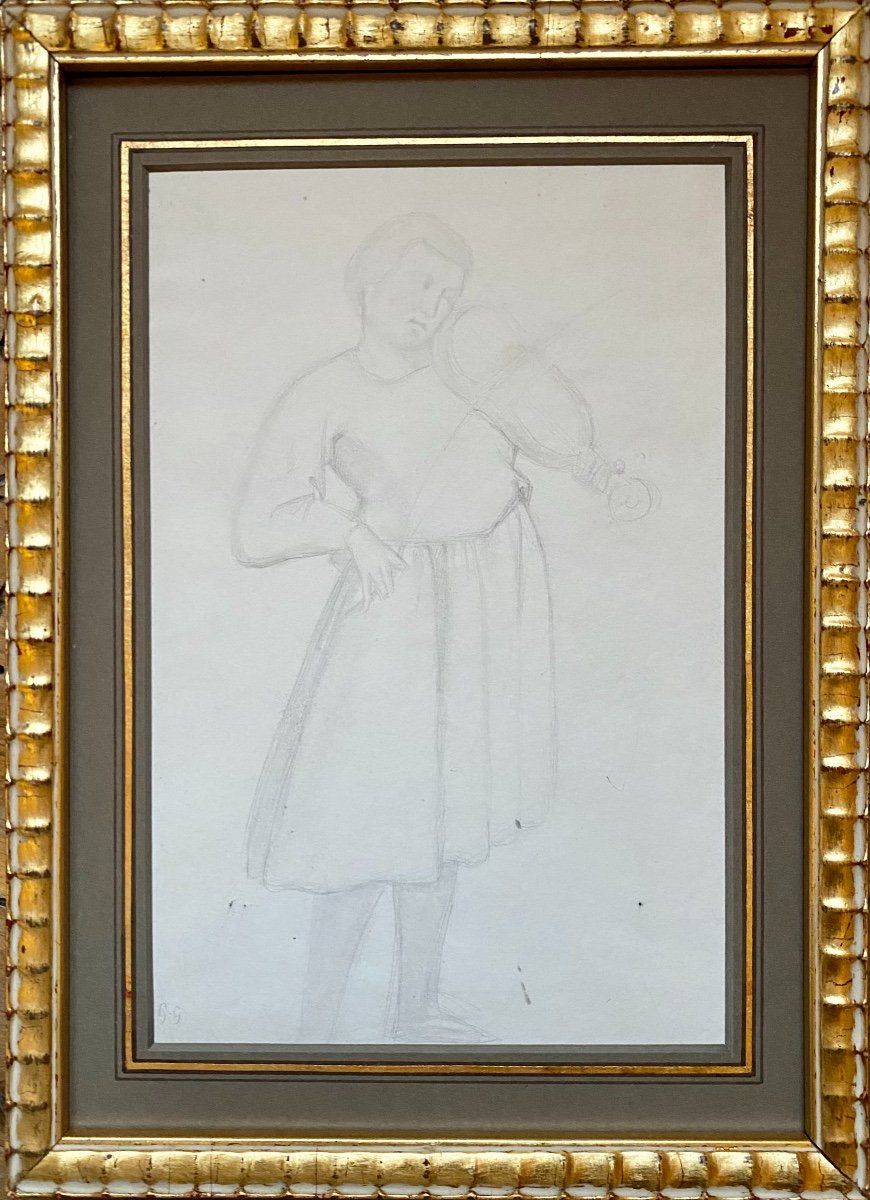
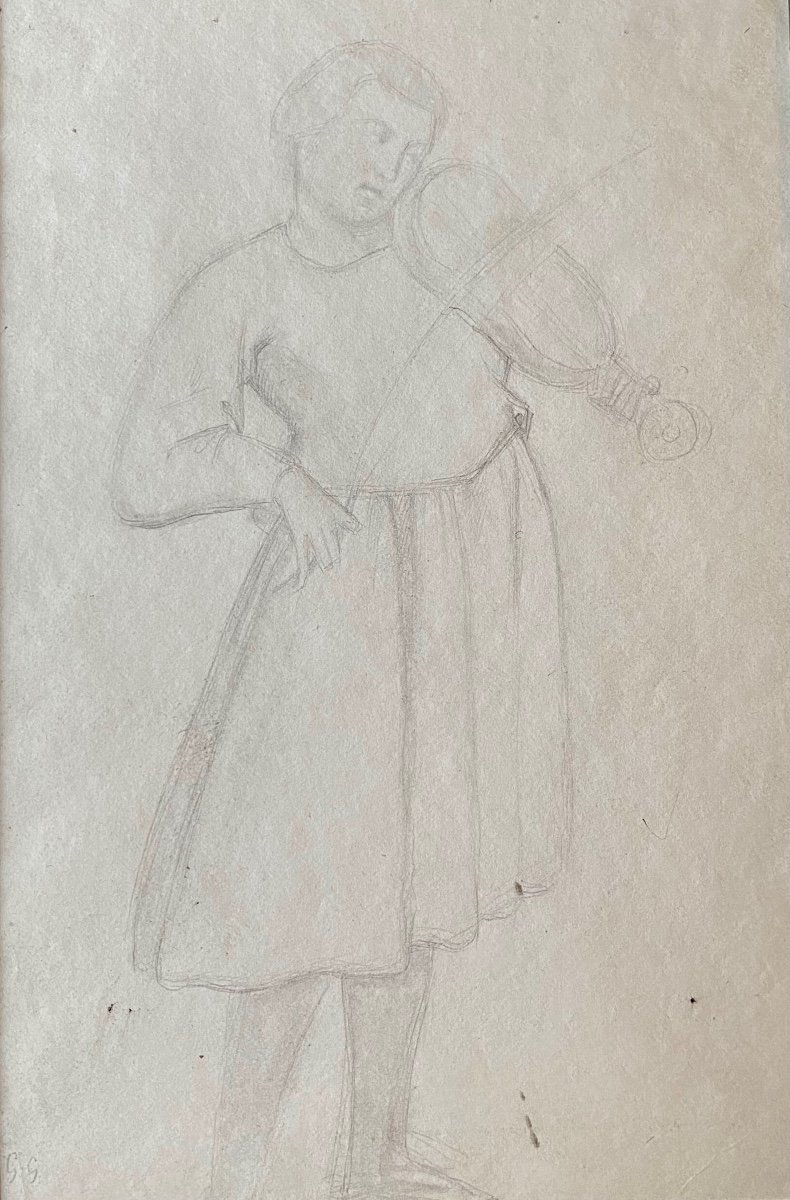
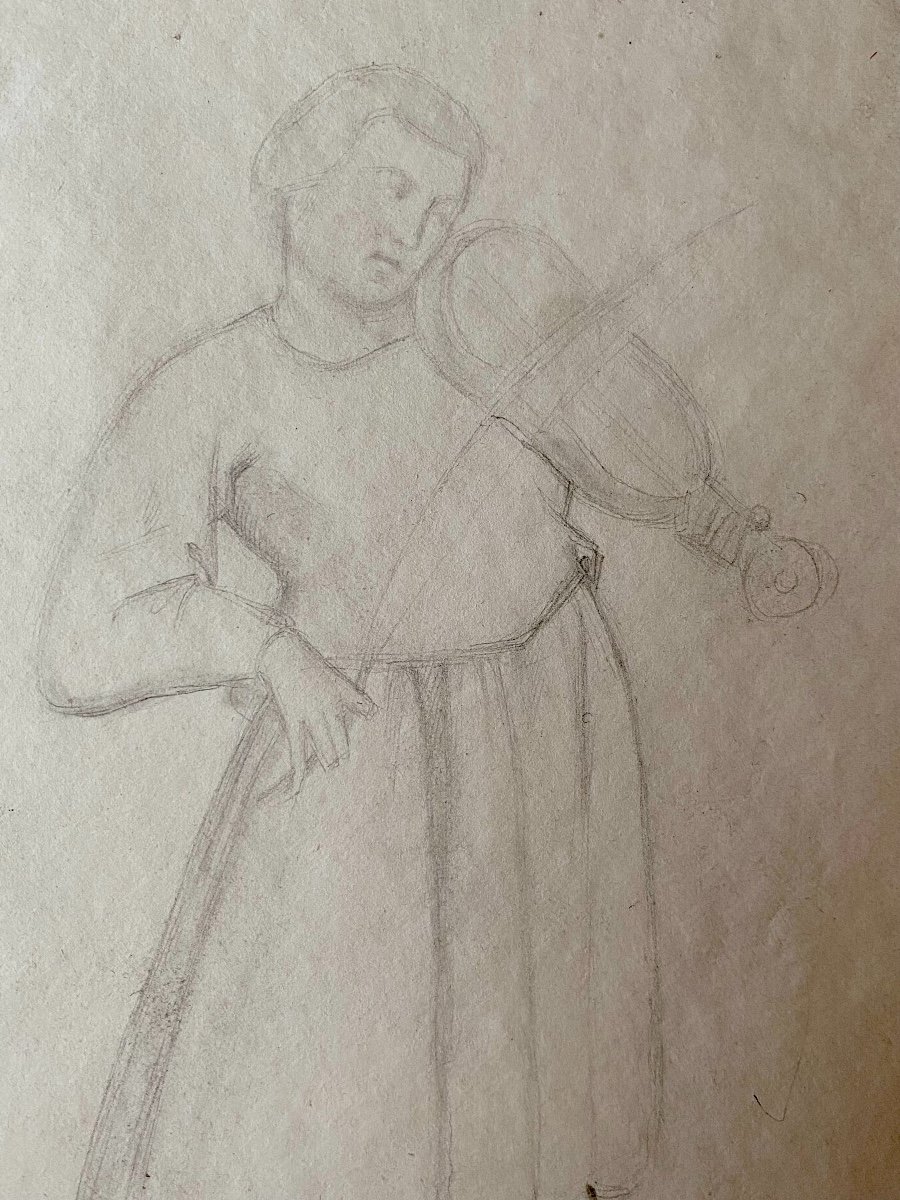
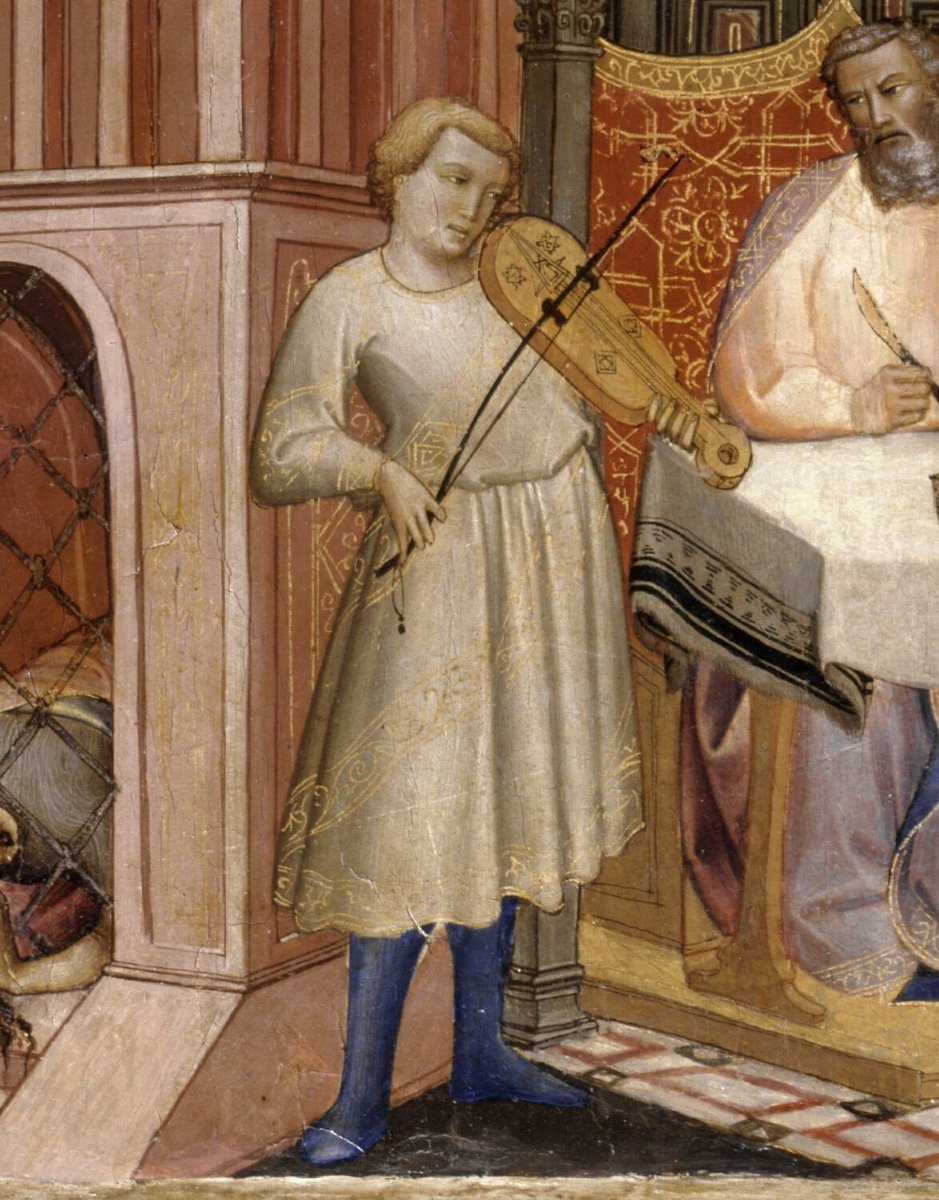
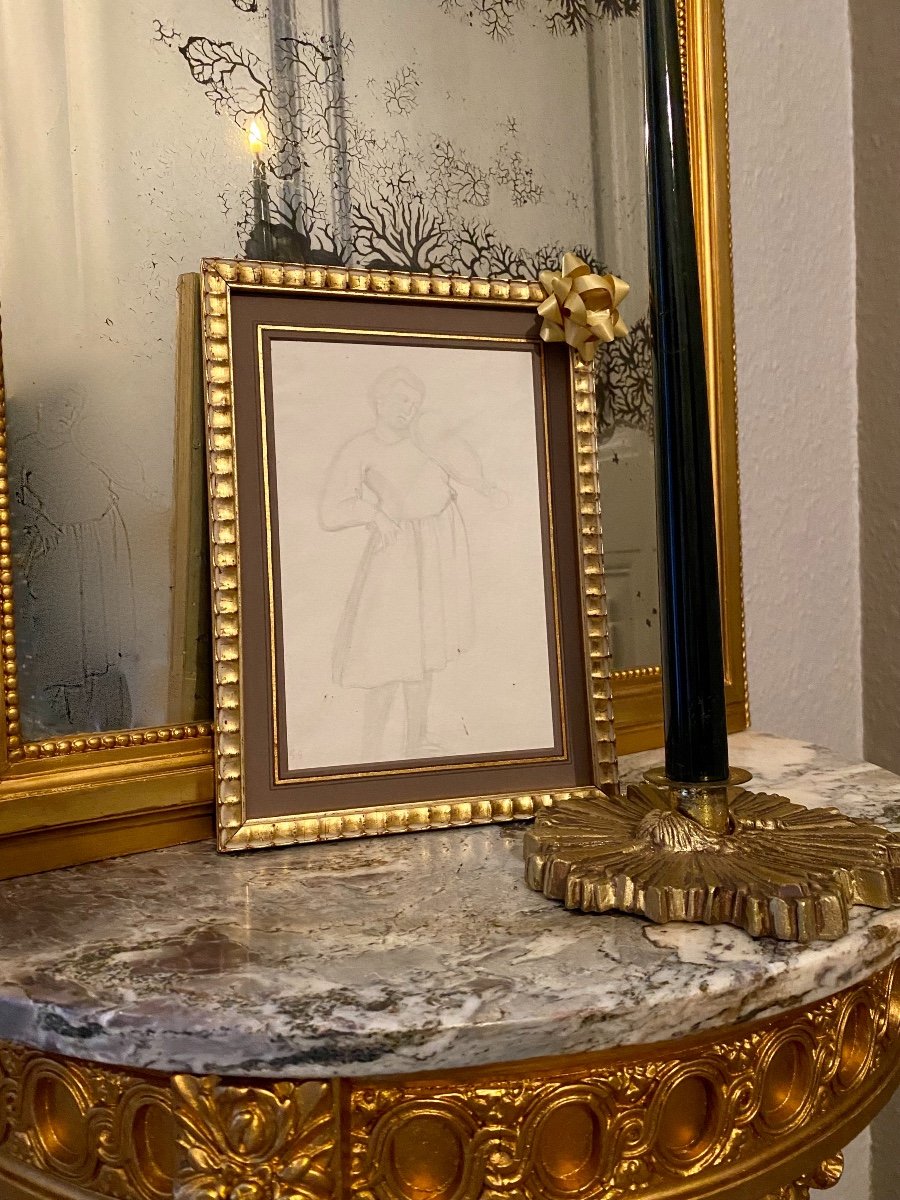
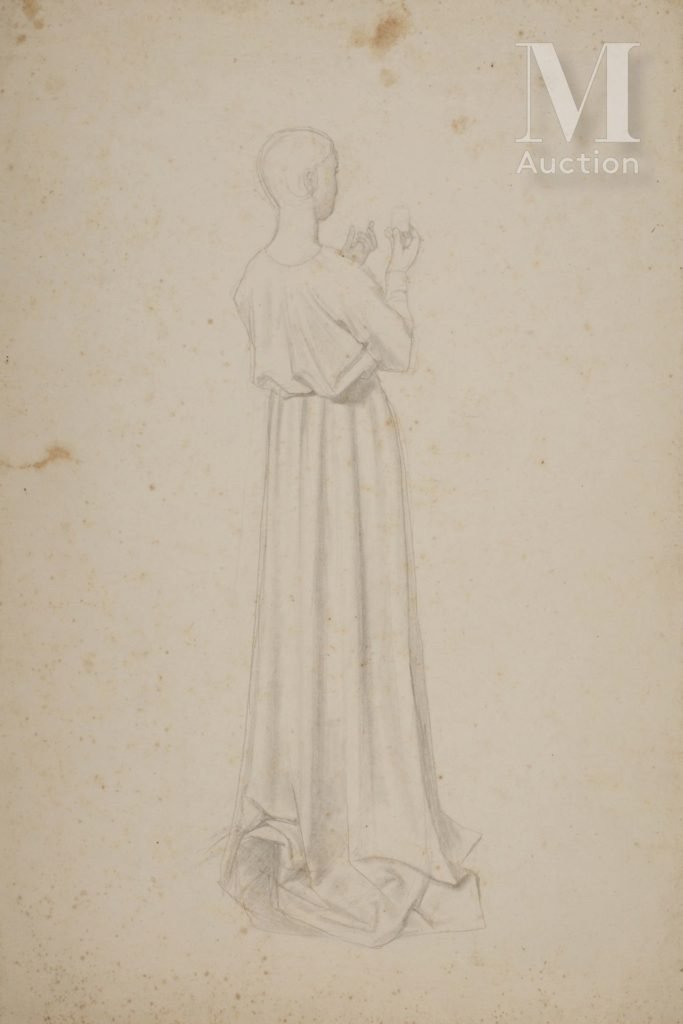
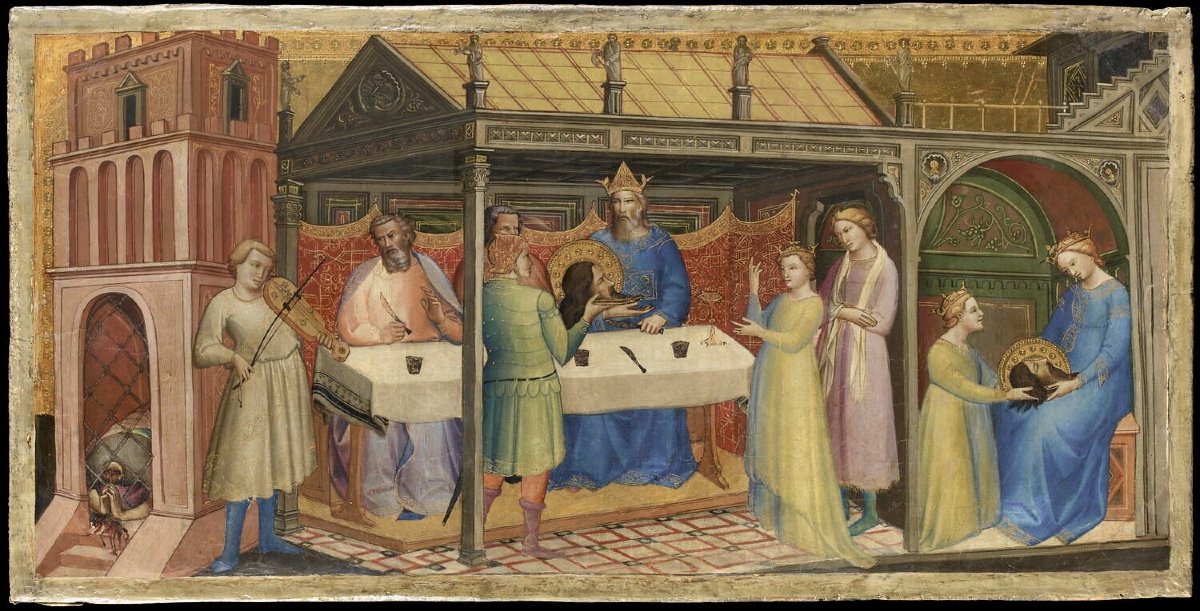









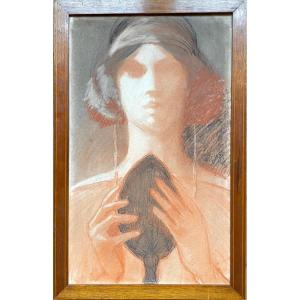
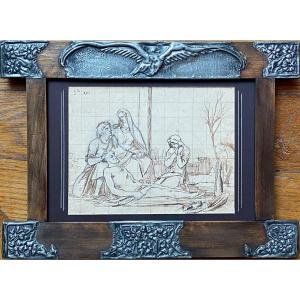
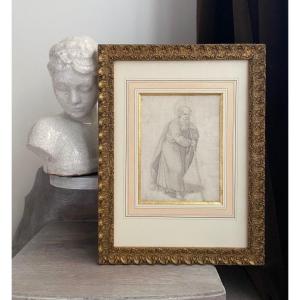
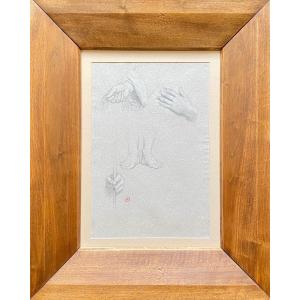


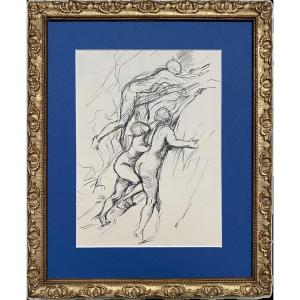

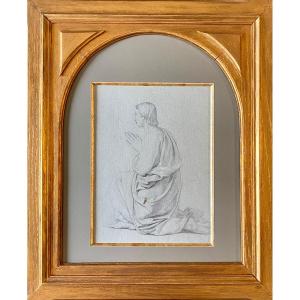
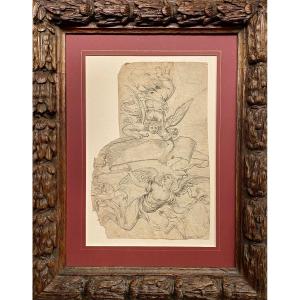
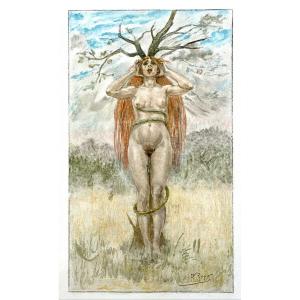
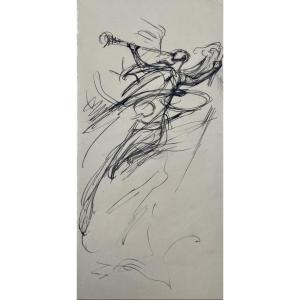


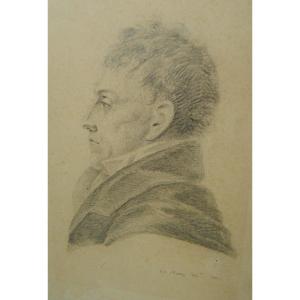
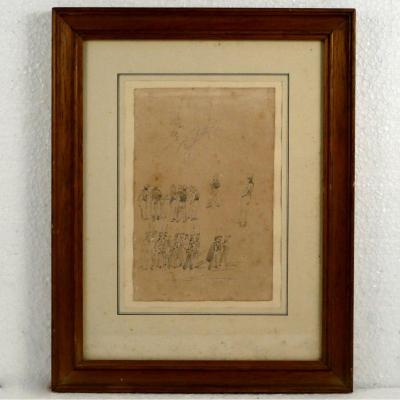
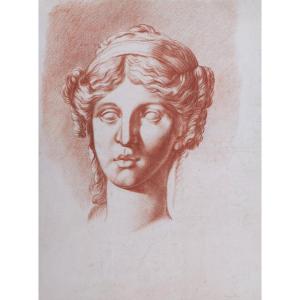





 Le Magazine de PROANTIC
Le Magazine de PROANTIC TRÉSORS Magazine
TRÉSORS Magazine Rivista Artiquariato
Rivista Artiquariato